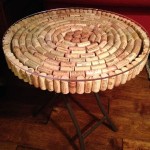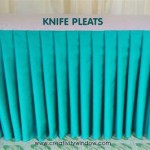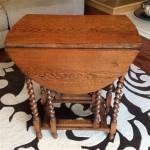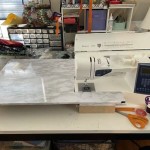Can You Use Pressure Treated Wood For Raised Vegetable Beds?
When it comes to building raised vegetable beds, selecting the right materials is crucial for ensuring the health and productivity of your plants. One material that often comes into question is pressure-treated wood, due to its resistance to rot and decay. While pressure-treated wood can offer certain advantages, it's essential to understand its potential drawbacks before making a decision.
Advantages of Pressure-Treated Wood
Pressure-treated wood is infused with chemical preservatives that protect it from wood-destroying organisms such as fungi and insects. This makes it highly resistant to rot and decay, which can extend the lifespan of your raised beds. Pressure-treated wood is also relatively easy to work with and can be cut, drilled, and assembled without much difficulty.
Disadvantages of Pressure-Treated Wood
The main concern with using pressure-treated wood for raised vegetable beds is the presence of chemicals used in the treatment process. These chemicals, primarily chromated copper arsenate (CCA) and alkaline copper quaternary (ACQ), are known to leach into the soil over time.
While these chemicals are effective in protecting the wood from decay, they can pose risks to human health and the environment. CCA, in particular, contains arsenic, which is a known carcinogen. Both CCA and ACQ contain copper, which can accumulate in the soil and become toxic to plants.
Alternatives to Pressure-Treated Wood
If you are concerned about the potential risks associated with pressure-treated wood, there are several alternative materials you can use for your raised vegetable beds:
- Untreated Wood: While less durable than pressure-treated wood, untreated wood is a more natural option and does not pose the same health and environmental concerns. However, it will need to be replaced more often due to rot and decay.
- Cedarwood: Cedarwood is naturally resistant to rot and decay, making it a good choice for raised vegetable beds. It is more expensive than untreated wood but offers greater durability and a pleasant aroma.
- Composite Lumber: Composite lumber is a manufactured product made from recycled materials such as plastic and wood fibers. It is highly durable, resistant to rot and decay, and does not contain any chemical preservatives.
- Raised Bed Kits: Many companies offer raised bed kits made from a variety of materials, including metal, plastic, and fabric. These kits are typically designed for easy assembly and can provide a quick and convenient solution for raised gardening.
Conclusion
Ultimately, the decision of whether or not to use pressure-treated wood for raised vegetable beds depends on your individual preferences and risk tolerance. If you are concerned about the potential health and environmental risks, it is best to opt for an alternative material. Untreated wood, cedarwood, composite lumber, and raised bed kits all offer safe and effective options for growing vegetables in raised beds.

Are Pressure Treated Woods Safe In Garden Beds Finegardening
Using Pressure Treated Lumber In Raised Garden Beds Backyard Gardening Blog

Build A Raised Garden Bed With Treated Wood Tague Lumber

Using Pressure Treated Wood For Urban Garden Raised Beds Kitchen Plot

Raised Bed Lumber Pressure Treated Safe Osu Extension Service

Gardening Landscaping

Raised Beds For Your Garden Framing Materials Finegardening

How To Build A Rot Proof Garden Bed The Craftsman Blog

How To Build A Raised Vegetable Garden Rogue Engineer

Safely Using Pressure Treated Wood For Garden Frames








